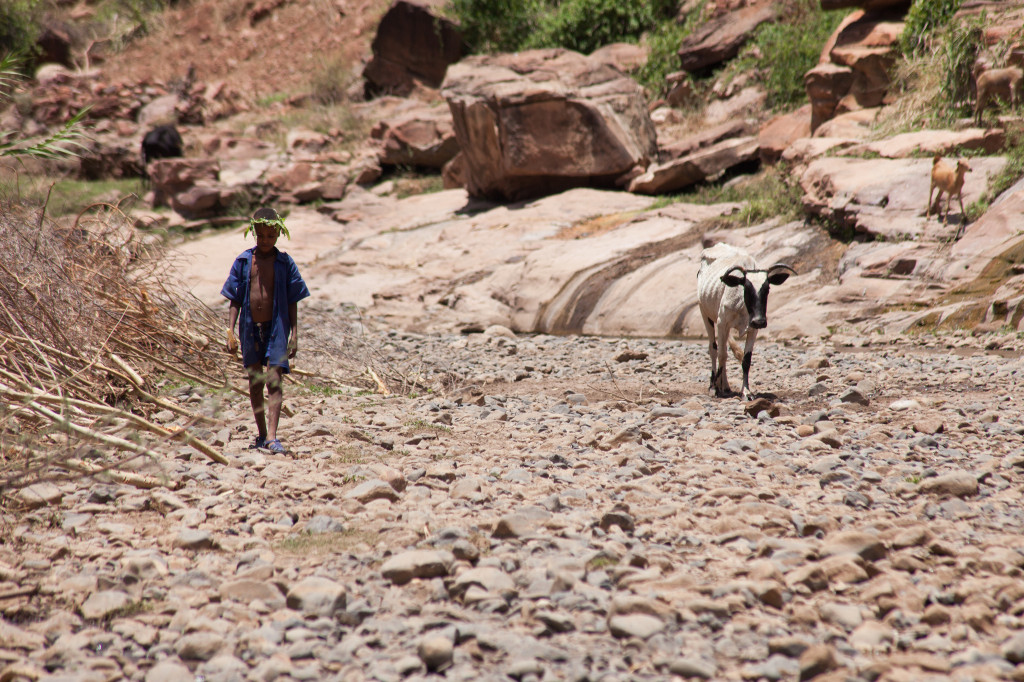By Nicola Cenacchi, IFPRI
Droughts are a common occurrence worldwide, but major concerns are growing over their long-term disruption to global agricultural production. This year alone, droughts have damaged the coffee industry in Brazil and caused the death of hundreds of cattle, and losses to staple crops in Central America, triggering food shortages, higher prices, and ultimately threatening the food security of poor households across the region.
As climate change effects set in, scientists are warning that droughts may only increase in both frequency and duration, at least in some parts of the world.
A hot off the press discussion paper, Drought risk reduction in agriculture: A review of adaptive strategies in East Africa and the Indo-Gangetic plain of South Asia, takes a deep dive into drought-related issues as it reviews both vulnerability to drought and drought-risk-reduction mechanisms in the two regions.
The International Food Policy Research Institute (IFPRI) discussion paper was carried out with funding from the CGIAR Research Program on Climate Change, Agriculture and Food Security (CCAFS).
A combination of population growth, soil degradation, land fragmentation, and dependence on rainfed agriculture makes agricultural systems in East Africa highly vulnerable to climate shocks.
As for South Asia, despite the progress made in terms of food production, the region ranked last in the 2013 Global Hunger Index and it is exposed to various climatic risks, including droughts and heat waves.
Read the rest of this post on the CGIAR Research Program on Climate Change, Agriculture and Food Security (CCAFS) blog.

